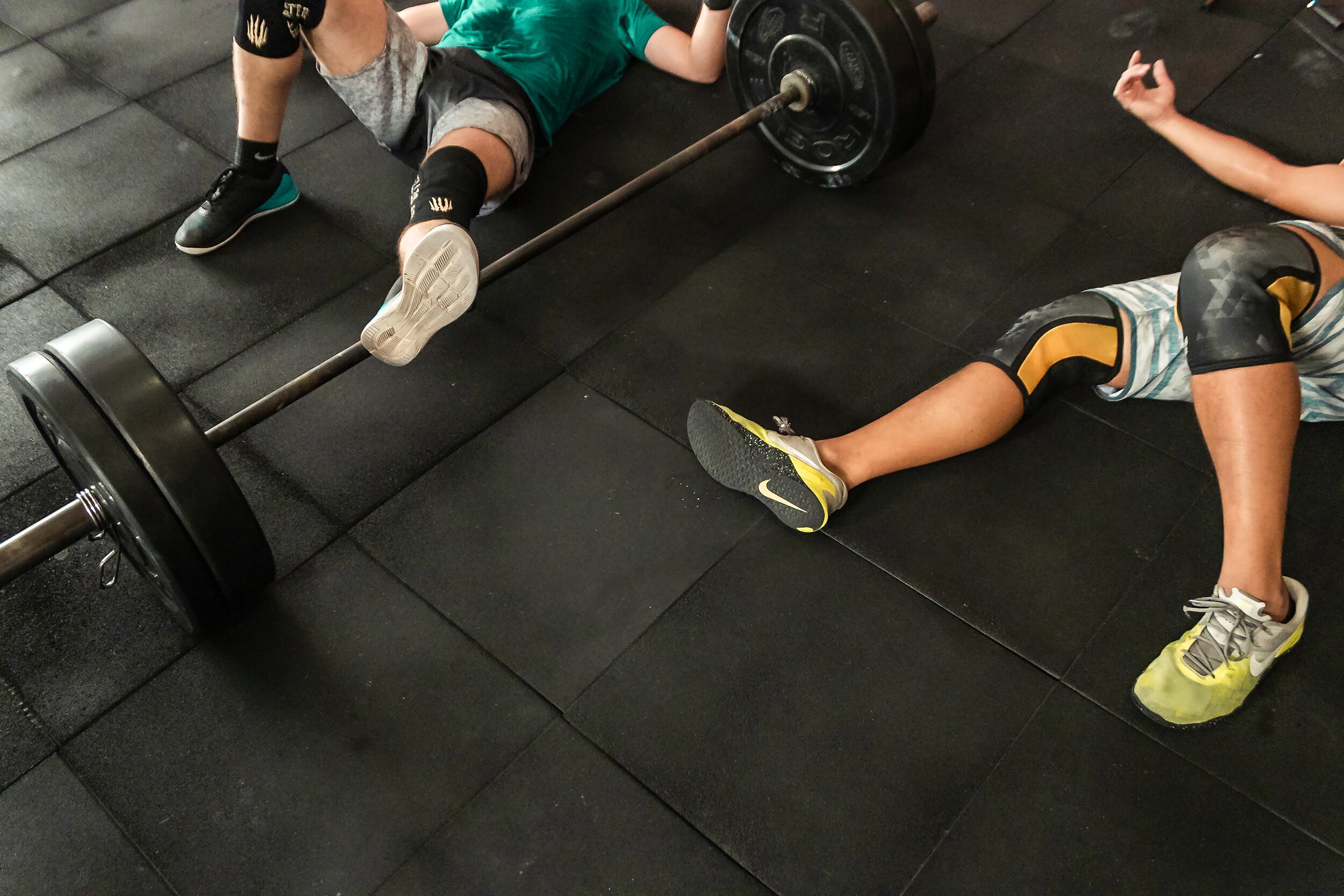The average adult carves out a 30-60 minute block of time to exercise 2-3 times per week and tries to protect it against infringement from family, work, and life responsibilities. The health benefits of exercise, including strength training, are overwhelmingly in favor of the trained over the sedentary adult. Despite the benefits of exercise life can get busy and our allocated time for exercise may be reduced or cut altogether. Studies have shown the benefits of a smaller volume of training, if the intensity is kept high, but a consistent reduction in training volume (reps, sets, and weight) sacrifices the results from this form of exercise.
Our muscles recruit a percentage of their fibers based on the task at hand with higher levels of recruitment (activation) seen with heavier tasks or when the muscle is pre fatigued. This physiological mechanism supports our utilization of multiple exercises, sets, and reps when attempting to strengthen a given muscle. For example, when strengthening the quadriceps we may choose back squats and split squats to fatigue a larger percentage of the muscle. In addition, we may select heavier weight and lower reps or lower weights and higher reps to reach the point of fatigue when a muscle must recruit more of itself to complete the task. Studies have shown a higher percentage of fibers are recruited as we approach the last last 3-5 repetitions of set. Something all of us have experienced as we struggle to finish the last 1-2 reps of a given set.
Essentially making the second half of the set or workout more effective at activation than the first half of the set. A lighter weight would require more repetitions to reach this activation threshold compared to a heavier weight which will reach the threshold sooner. As life continues to try to steal minutes away from our exercise time we should focus on lifting heavier weight with lower repetitions to maintain intensity over a shorter time period in the gym.

